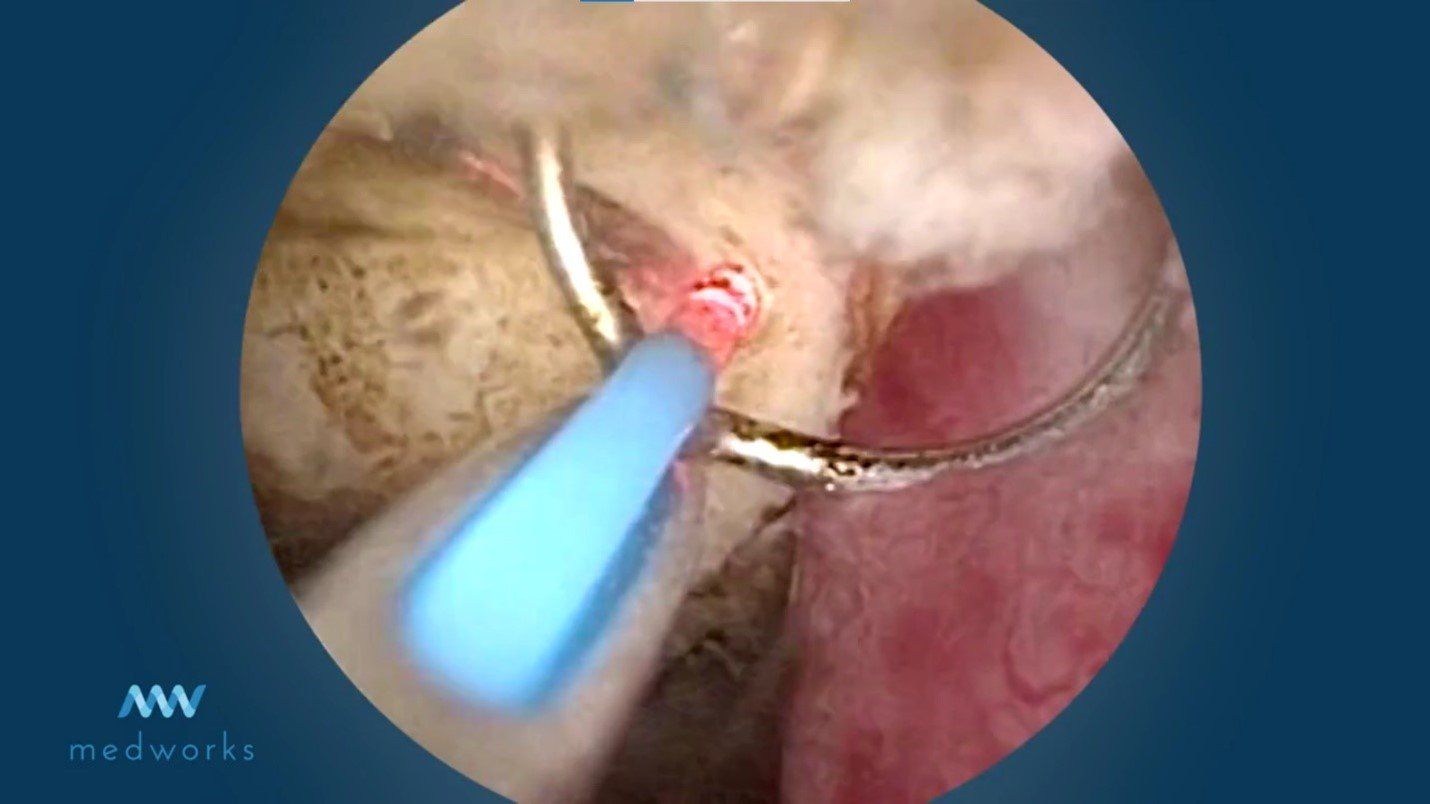Prostate Enucleation: ProLEP versus HoLEP
Prostate Enucleation
ProLEP vs HoLEP
While the ProLEP (ProTouch Laser Enucleation of the Prostate) and the HoLEP (Holmium Laser Enucleation of the Prostate) procedures share similarities and a common purpose, there are a few differences that set them apart. The following article addresses some of the questions that arise when discussing Prostate Enucleation.

Dr. Charles Seabury of Virginia Urology pictured above.
What is prostate enucleation?
Prostate enucleation is a minimally invasive approach to treating Benign Prostatic Hyperplasia (BPH) by following the anatomical planes of the prostatic capsule to remove all adenoma, similar to a simple prostatectomy.
What are the similarities between ProLEP and HoLEP?
Both methods involve using a laser to make incisions in the prostate to remove all adenoma while controlling bleeding. A morcellator is used to remove the tissue.
What are the differences?
Some differences in technique are utilized due to the percussive nature of the pulsed holmium energy. Both procedures generally require a good amount of blunt dissection with the laser being used as a scalpel to separate the adenoma from the capsule, but the holmium blows the tissues apart whereas the ProTouch cleanly vaporizes the tissues and tethers while sealing vessels as it goes.
Why choose one over the other?
Previous training on the enucleation procedure is a key factor in choosing either ProLEP or HoLEP. The holmium lasers are well documented and are the standard tool for prostate enucleations. However, using the ProTouch provides the surgeon with an additional benefit of being able to control larger vessels without having to switch to another instrument for hemostasis. Additionally, there is flexibility in being able to easily switch to a side firing fiber and simply vaporize the BPH tissues if desired.
Why would ProLEP be a better choice for surgeons with less experience doing enucleation?
The added flexibility of using different fiber orientations and ability to better control hemostasis can act as a safety net for surgeons as they become more experienced with the procedure. Also, by allowing surgeons clear visibility in order to focus on their next moves, the ProLEP allows them to work with more confidence to perfect their techniques.
We hope this article answers a few of the basic questions concerning the difference between ProLEP and HoLEP.
If you have any questions and would like to further discuss the procedure and instrumentation, please contact us at info@medworksksurgical.com to schedule a consultation.
We are defined by the Medworks Difference:
“Making it as easy as possible for you
to do business with us so you can do what you do best.”

